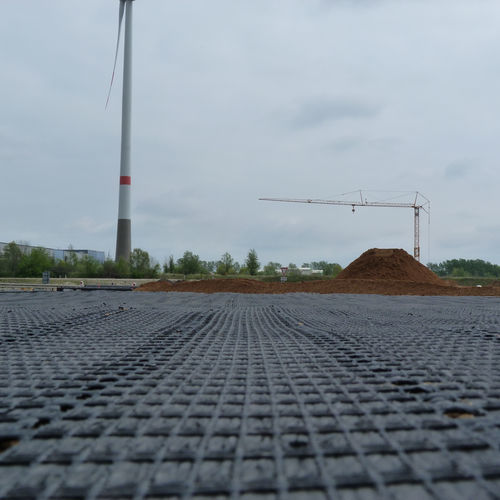The soil reinforcement made of high modulus polyester yarns
Fortrac T soil reinforcement grid is made of high modulus, low
creep polyester yarns with a polymeric protective coating. Fortrac T has been the standard in geosynthetic raw materials for more than 30 years.
Benefits
•Low creep tendency
•Elongation at nominal strength: ≤ 10 %.
•Reduction in excavation and construction costs
•No loss of strength at the crossing points
•High interaction flexibility
•Very good adaptability
•Environmental Product Declaration (EPD) for the assessment of the sustainable use of resources and the impact of construction works on the environment





